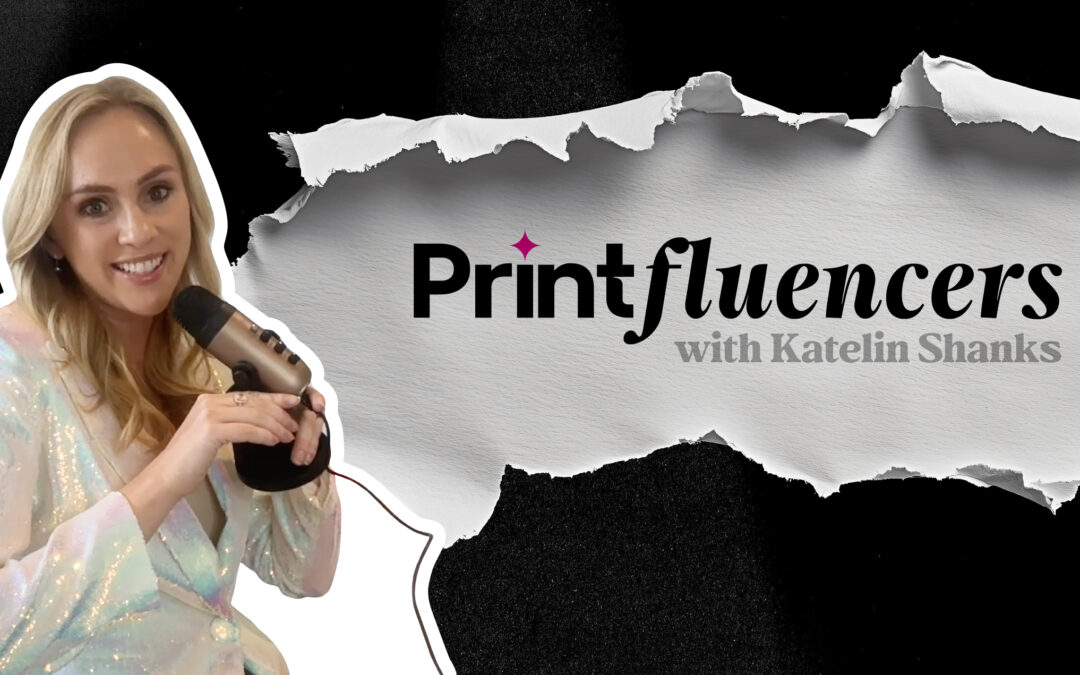As high-volume document production operations migrate to high-speed inkjet presses, commercial print and mail providers aspire to a white paper workflow. Eliminating pre-printed forms is often the principal motivator when justifying an inkjet investment.
Merging jobs is usually a component of the conversion to a white paper workflow. Larger print jobs make the equipment more efficient and keep the press running, reducing setup and changeover costs. But jobs have specific requirements. Continuity is a challenge. We will discuss the benefits of a white paper workflow and how document production can become more complicated. When organizations merge jobs to take advantage of print production throughput improvements, they risk compromising quality control.
What is a White Paper Workflow?
Before examining the control effects of a white paper workflow, a definition is in order. White paper workflow refers to the blank, white paper, usually on a roll rather than a cut sheet. The paper goes in one end of a high-speed inkjet press and comes out the other end as a completed project. That includes variable and static text and graphics. All the steps it takes to complete the job make up the workflow. White paper workflows require no pre-printed forms or shells.
Migration Path
The most common scenario is a transactional document service provider printing variable text (usually black) on a pre-printed form (usually color). The variable text is personal, such as insurance, banking, or healthcare-related, and sent to customers using First Class Mail. Migrating to a white paper workflow often involves moving from a cut-sheet to a roll-fed high-speed inkjet environment. The entire document prints in a single pass with a significant increase in throughput.
Most printers are converting inserts to “onserts.” Onserts are marketing or informational messages included as pages of the document. This strategy allows for merging several jobs for printing efficiency and inserting them as a single unit of work. It is not possible to merge or mingle pages for printing if each inserting job requires unique inserts stuffed into the envelopes.
Benefits of a White Paper Workflow A white paper workflow adds a recipient’s name, address, age, or any other piece of identifying information into the transactional document. Besides transactional documents, personalization makes direct mail an attractive alternative to heavily saturated digital channels, like email or social media. Many of the same challenges faced by producers of transactional documents are concerns for anyone processing highly personalized direct mail applications.
A recent study by the United States Postal Service (USPS) confirmed that recall among consumers is 70% higher when exposed to personalized direct mail instead of a digital advertisement. A white paper workflow augments social media or digital messages with hard copy. With onserts, print service providers enjoy a new revenue stream by printing high-value targeted promotional content instead of generic, pre-printed inserts.
For production optimization, the benefits of a white paper workflow are:
• No pre-printed forms to be inventoried, go obsolete, or be depleted without warning
• More efficient units of work for printing and inserting
• Standardized outbound envelopes that streamline production
• Inventory cost reduction
• Reduced job setup time at the inserter
• Use of a common paper stock
The Challenge of Tracking and Accountability
Transactional document printers realize many benefits by moving to high-speed inkjet. But the high speeds of roll-fed devices and waste at the start of the job encourage printers to create big jobs by combining small ones. While this practice provides economies of scale, tracking and accountability can be challenging. A production manager cannot use legacy manual methods, such as batch control totals, to verify the accuracy of the print and mail processes. It is even more crucial with print streams that are optimized for postal presort discounts. The process must account for pages from multiple jobs interspersed throughout the run.
For inserting, all the documents must use the same outbound envelope. Document operations may need to deploy post-composition document re-engineering software. This software moves address blocks to match up with the envelope windows. Alternatively, document operations may extract the names and addresses from the documents and print the information on closed-face envelopes during the inserting step. Inserter-mounted inkjet heads apply the address information.
White Paper Workflow Software
Keeping jobs organized, accountable and on schedule is the job of print/mail workflow software. Merging jobs offers exceptional cost savings, postage discounts, and the ability to turn jobs faster. But none of those benefits mean anything without job integrity. Workflow automation software tracks pages associated with the original jobs for billing and reconciliation when operations rearrange pages from different jobs to take advantage of postage discounts or productivity enhancements.
The Alchem-e™ platform from Racami is workflow automation software that tracks and advances a print and mail job from the time it arrives as an electronic file until it ends up in a mailbox. An Alchem-e integration gives print/mail providers control over automation, throughput, profitability, and risk mitigation. For commercial printers moving to high-speed inkjet and a white paper workflow approach, Alchem-e maintains integrity among merged jobs. Service providers will realize the economies of speed, production, and postage savings from a white paper workflow using the Racami Alchem-e platform.



